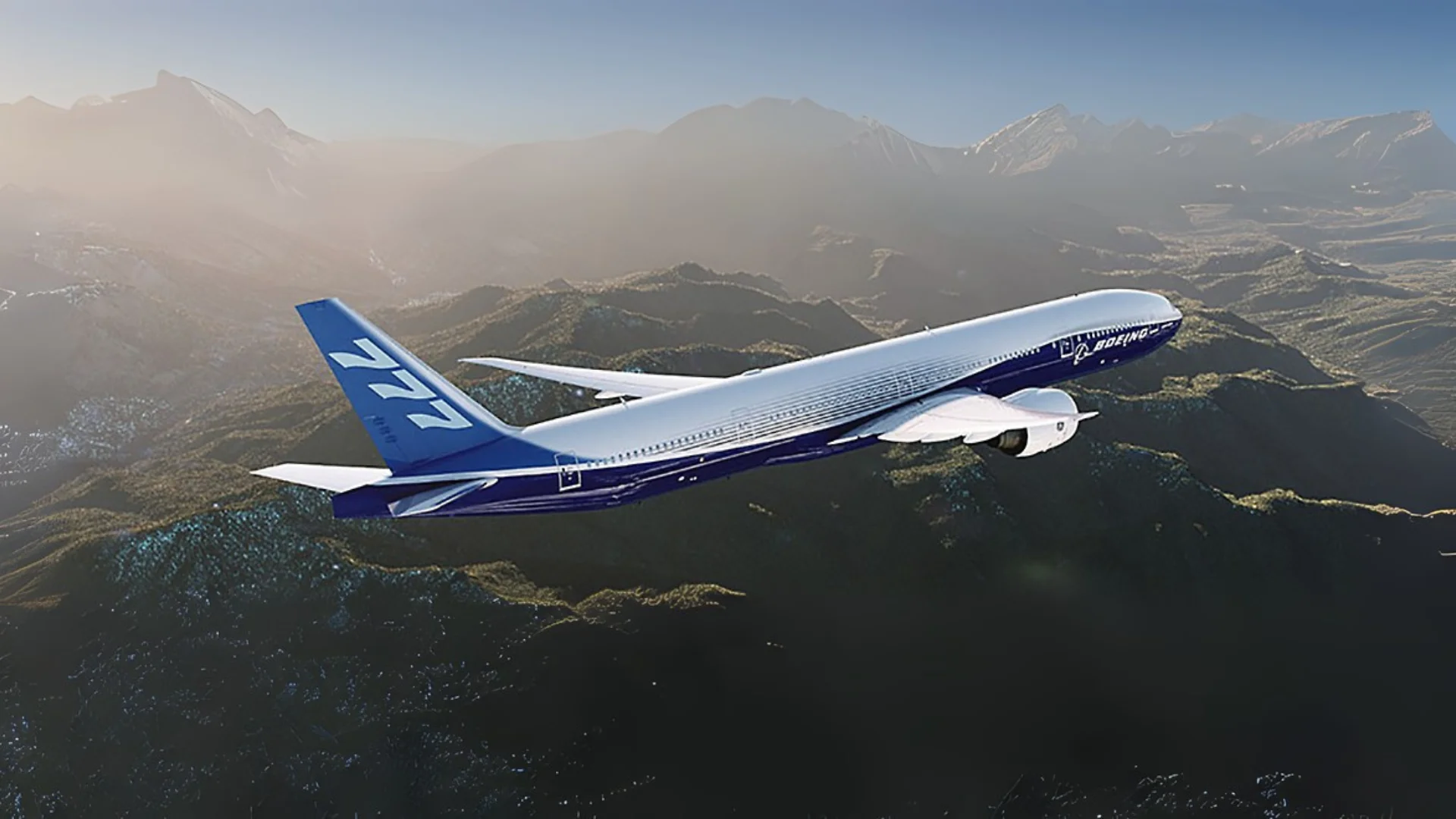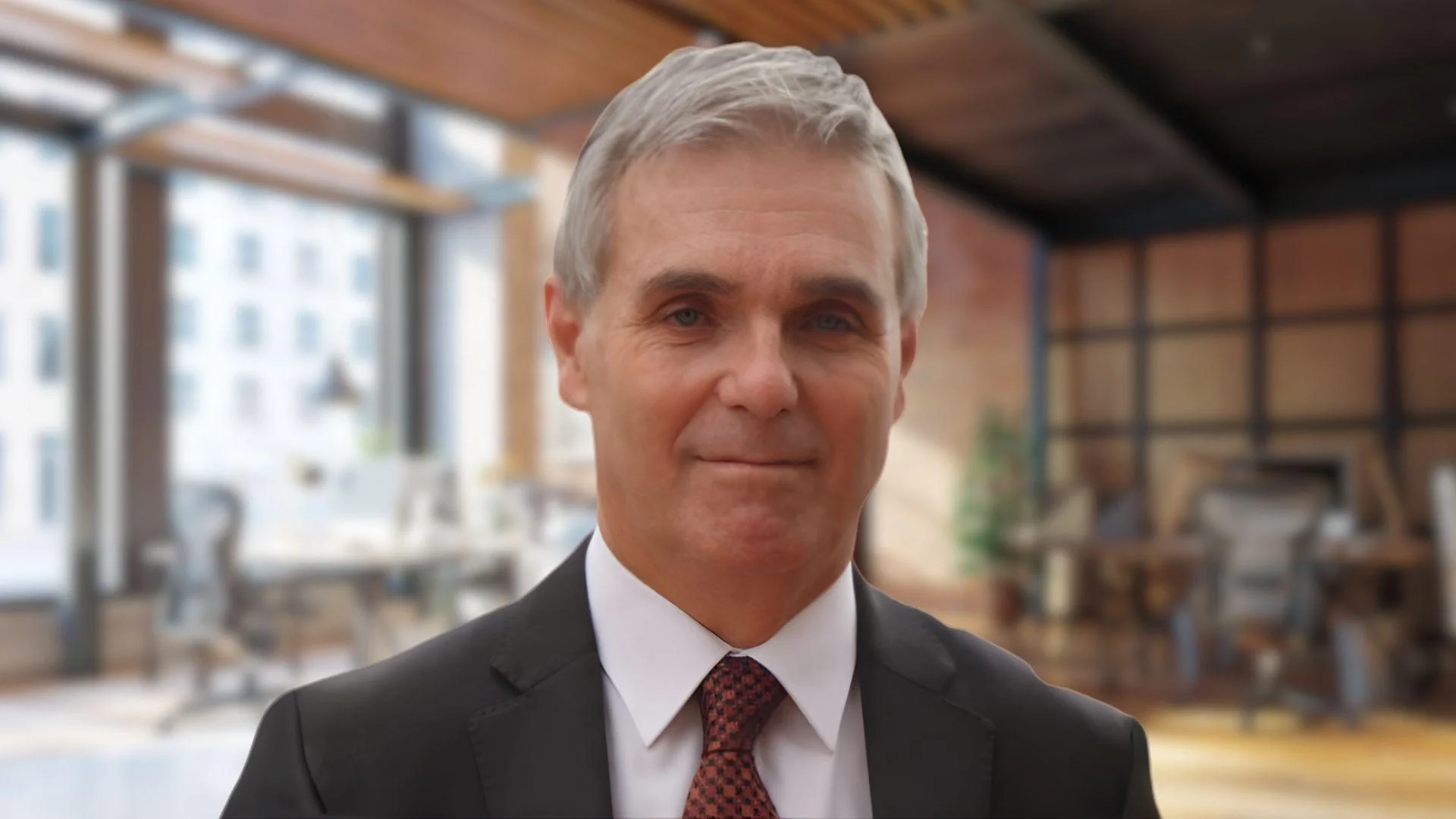With rising jet fuel prices and stricter emissions targets, airlines are scrutinizing fuel consumption and carbon emissions. The Boeing 777-300ER has been a long-haul favorite for nearly two decades, but its successor, the Boeing 777X, aims to set new benchmarks in fuel efficiency and sustainability.
The Boeing 777-9, part of the 777X family, offers next-generation upgrades like ultra-efficient GE9X engines and folding carbon-fiber wings. It can carry up to 426 passengers in a two-class configuration. Both aircraft cruise at Mach 0.84 but differ significantly in passenger-miles per gallon (pax-MPG). The older 777-300ER achieves around 78 pax-MPG, while the more advanced 777-9 reaches approximately 87 pax-MPG due to its improved design and larger capacity.
Key design changes contribute to the Boeing 777X's efficiency. These include GE9X engines with a higher bypass ratio, composite folding wings that reduce drag, and lightweight carbon structures. This results in reduced block-hour operating costs by about 10–13%, according to Boeing's data.
 Alerts Sign-up
Alerts Sign-up




































